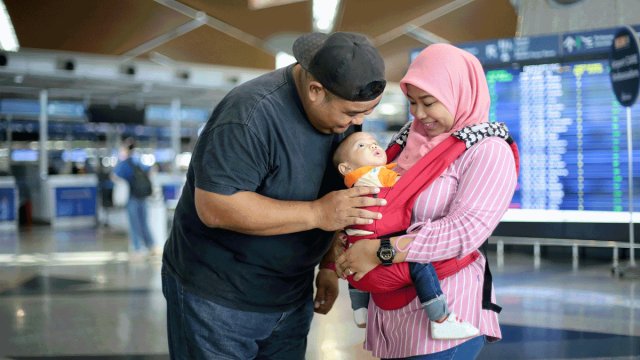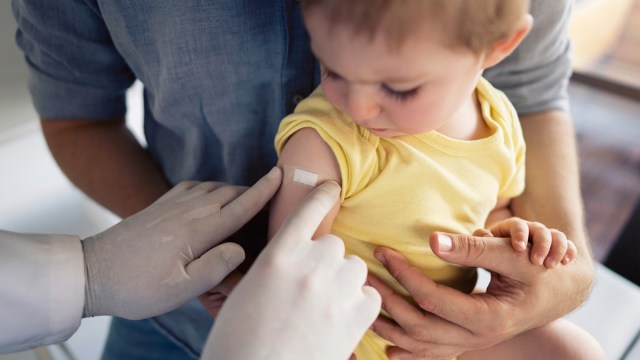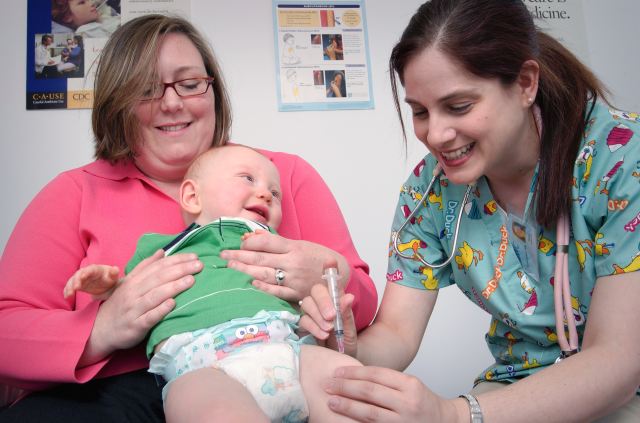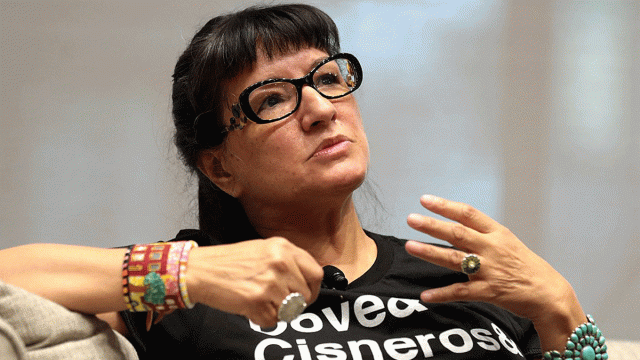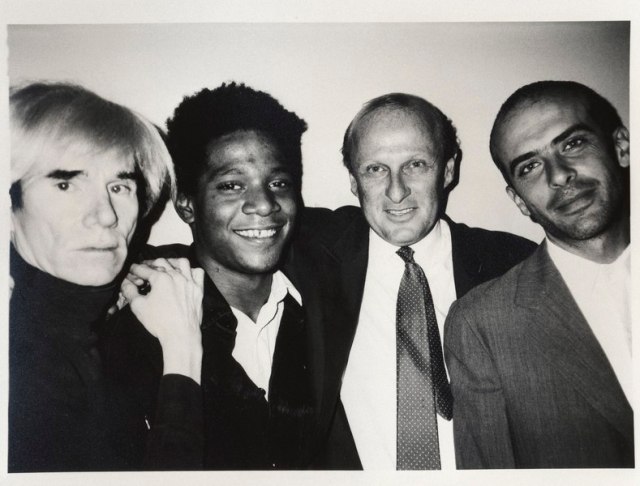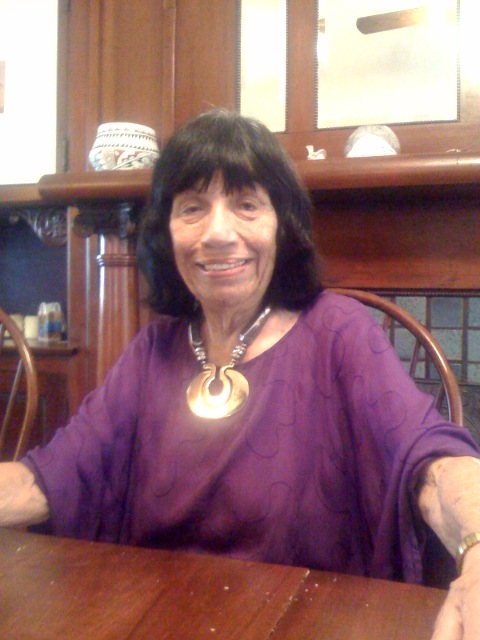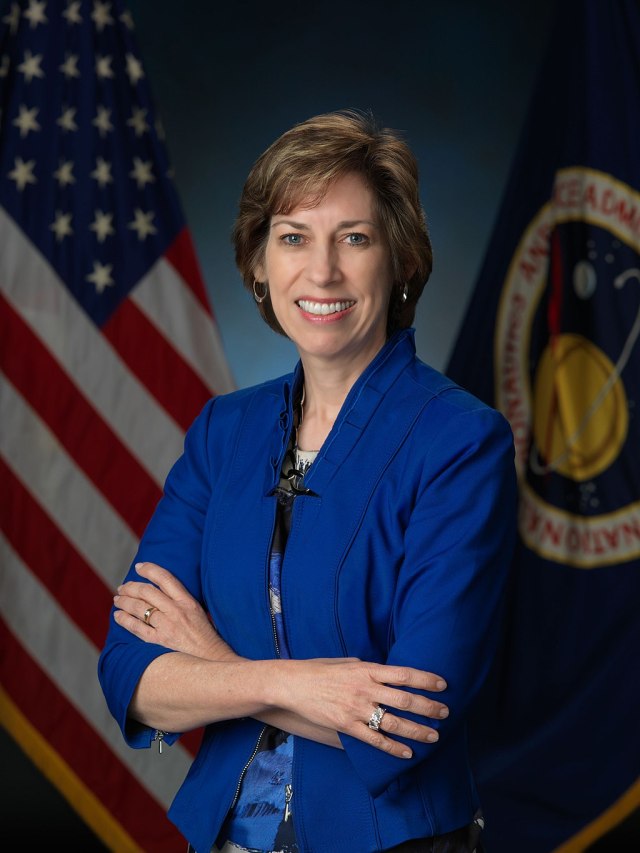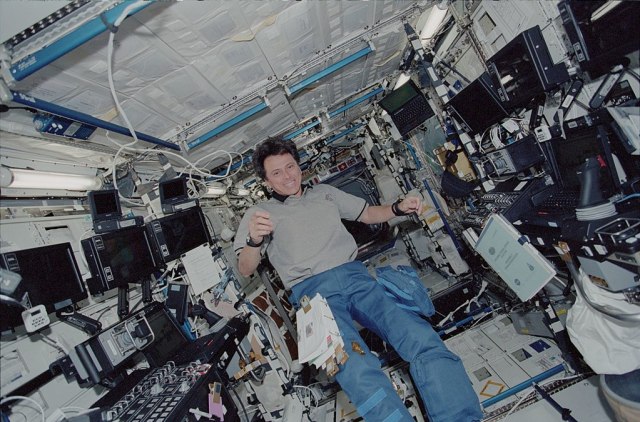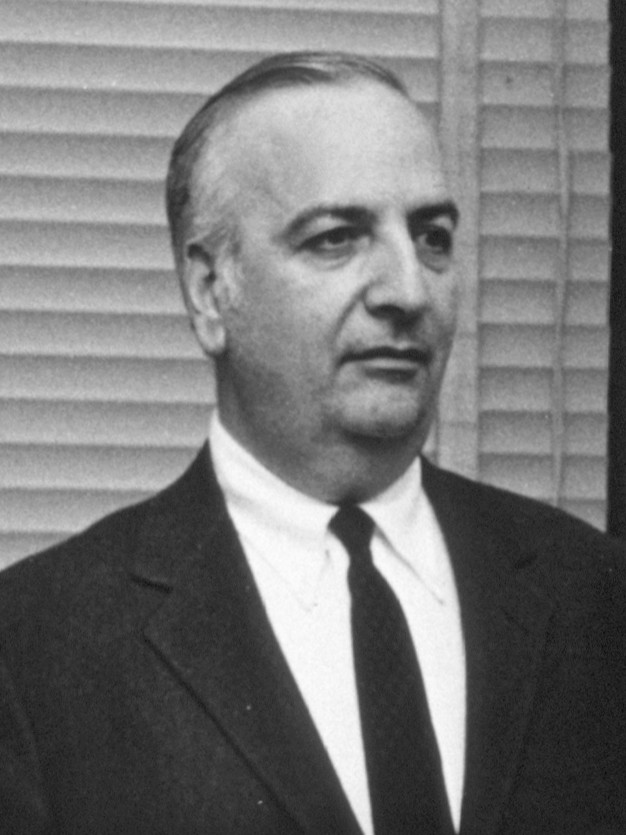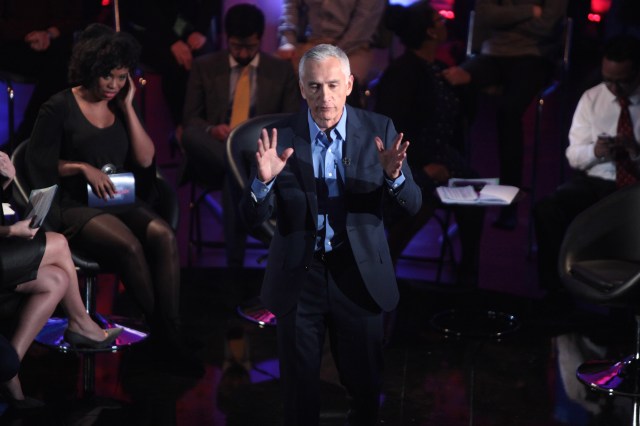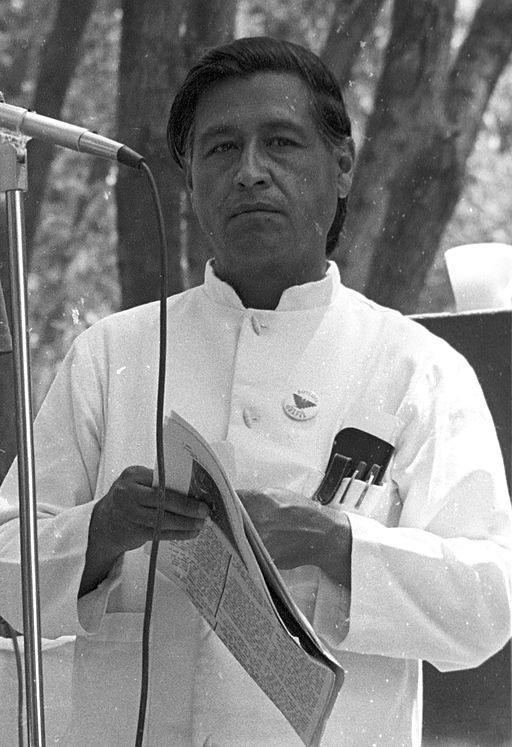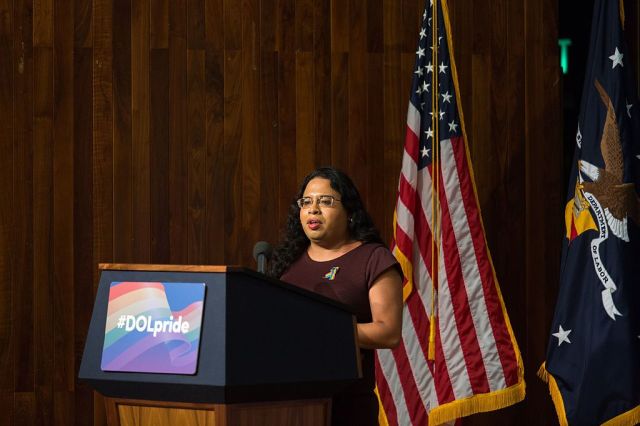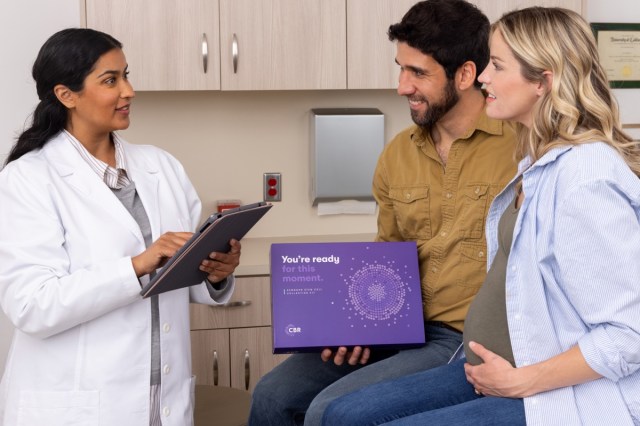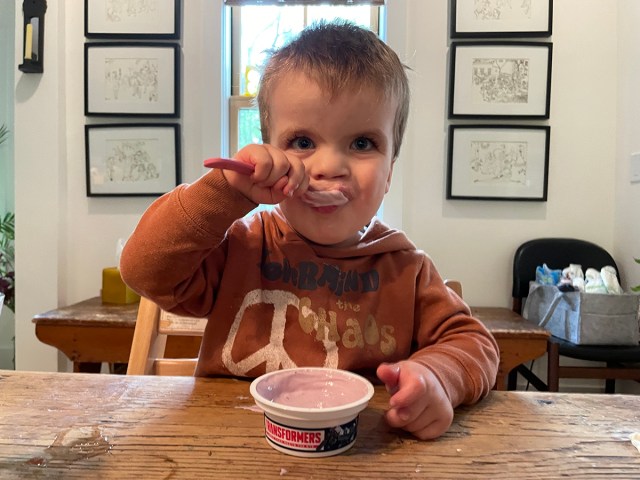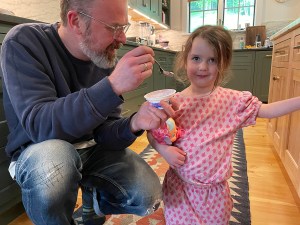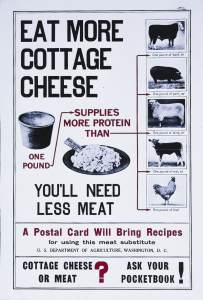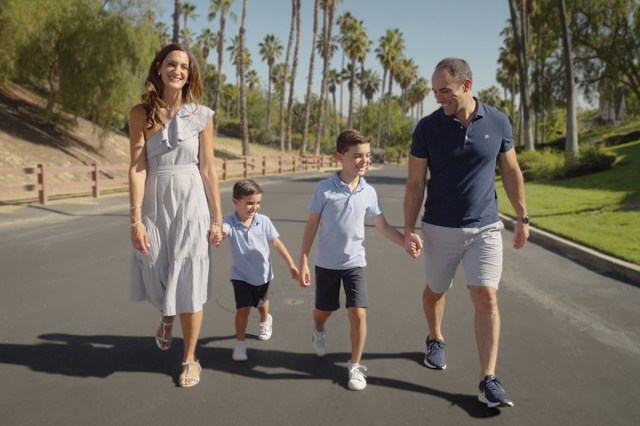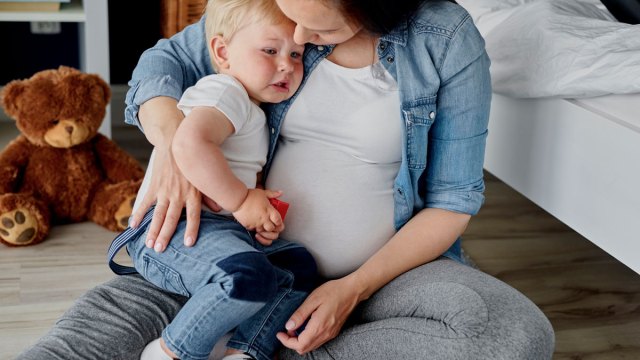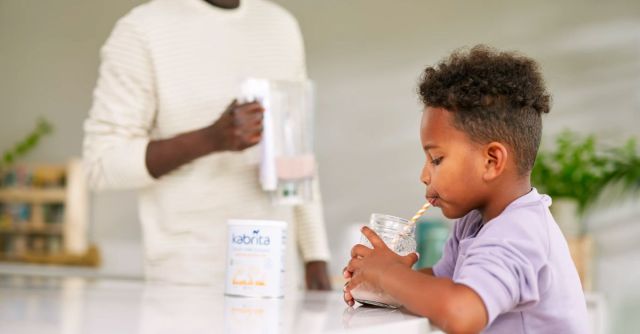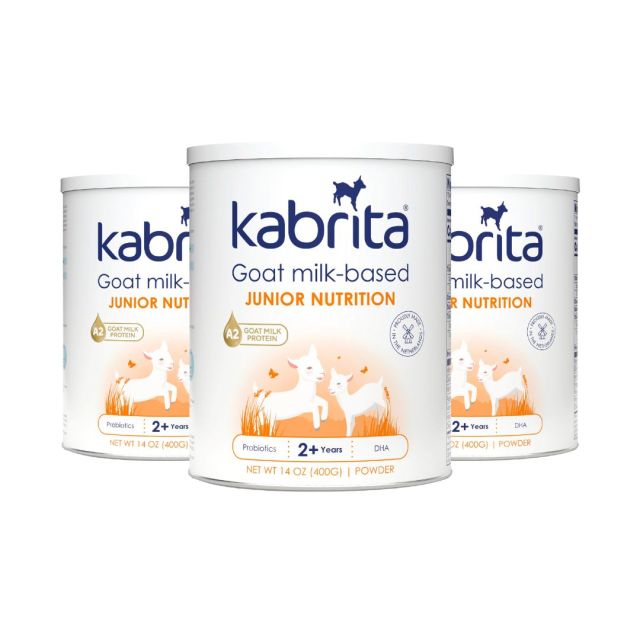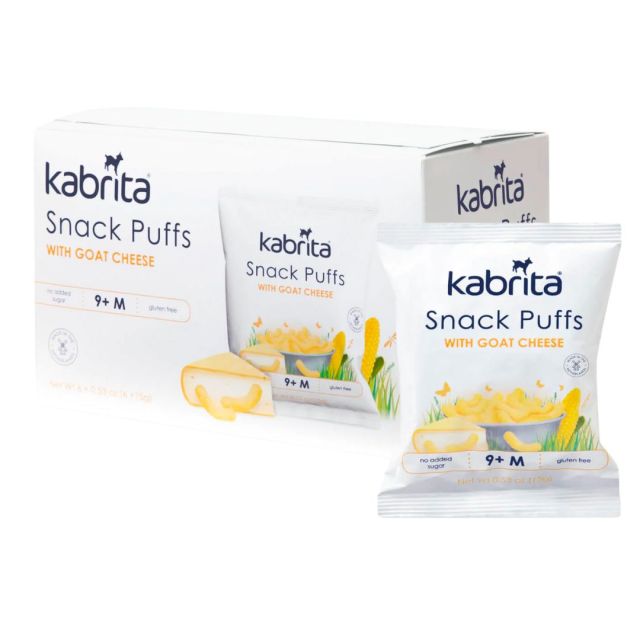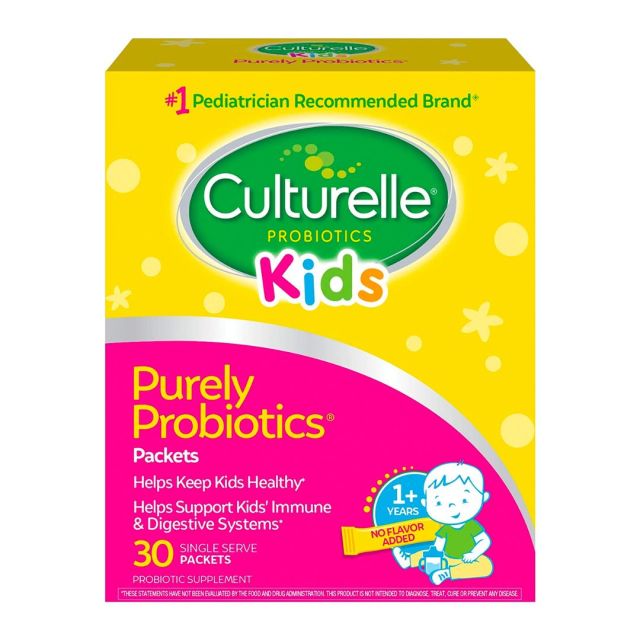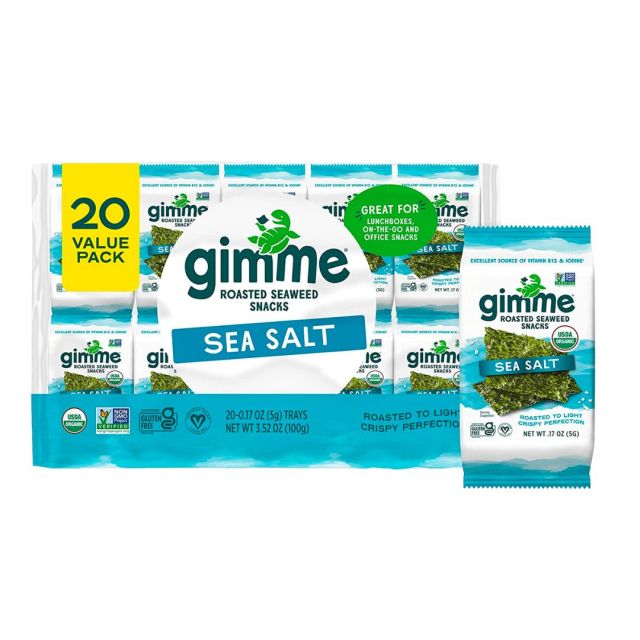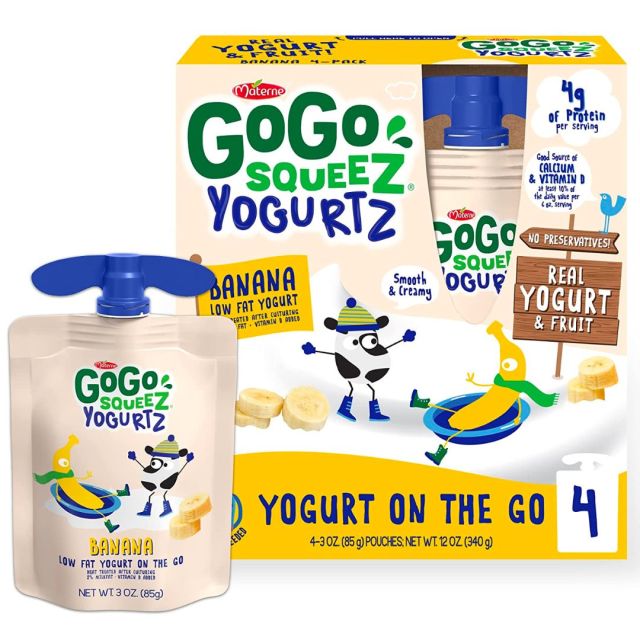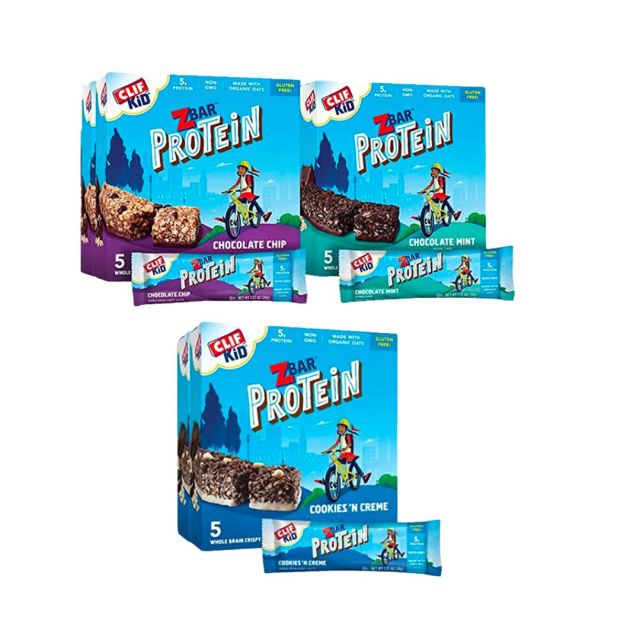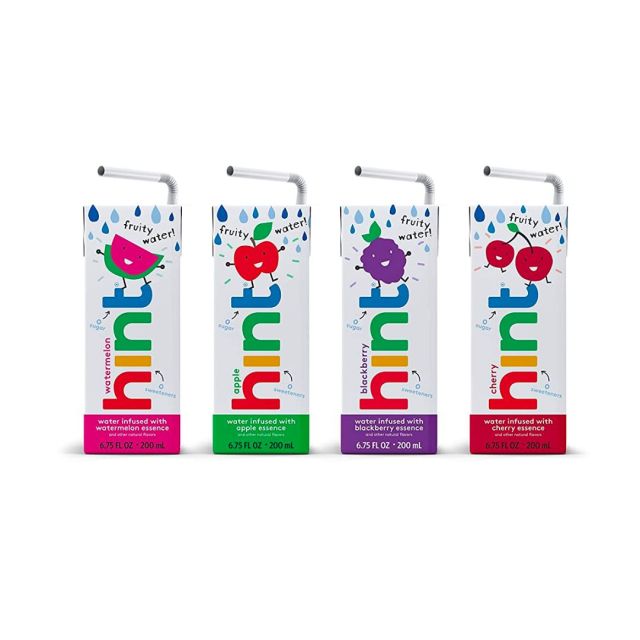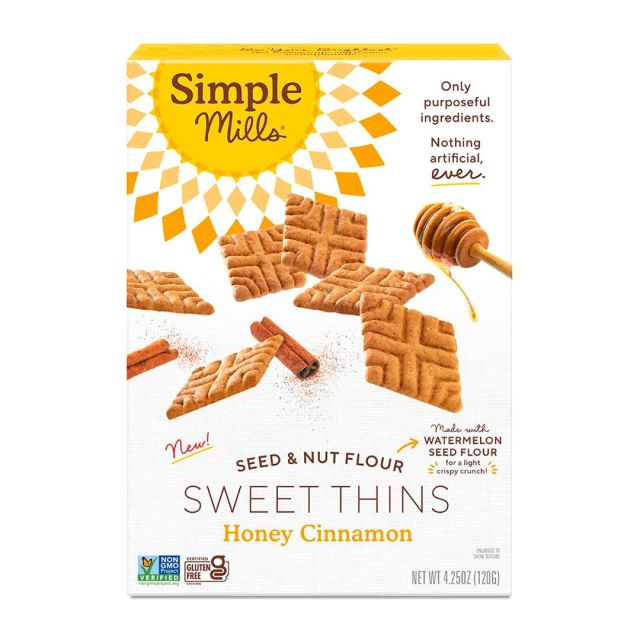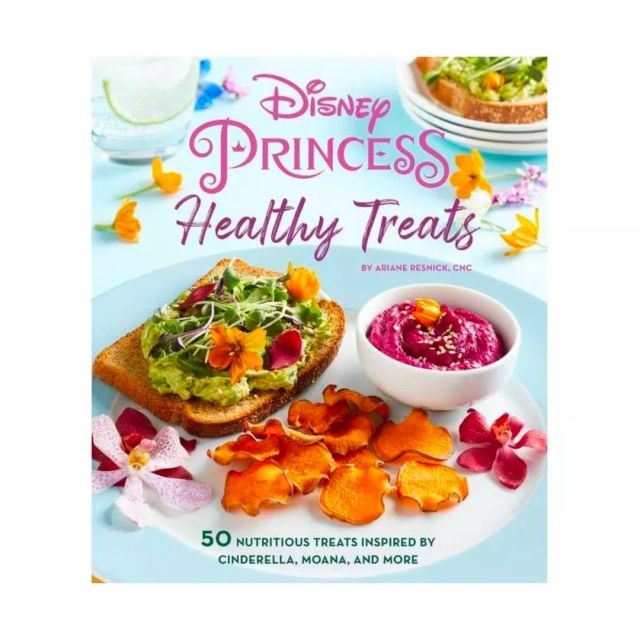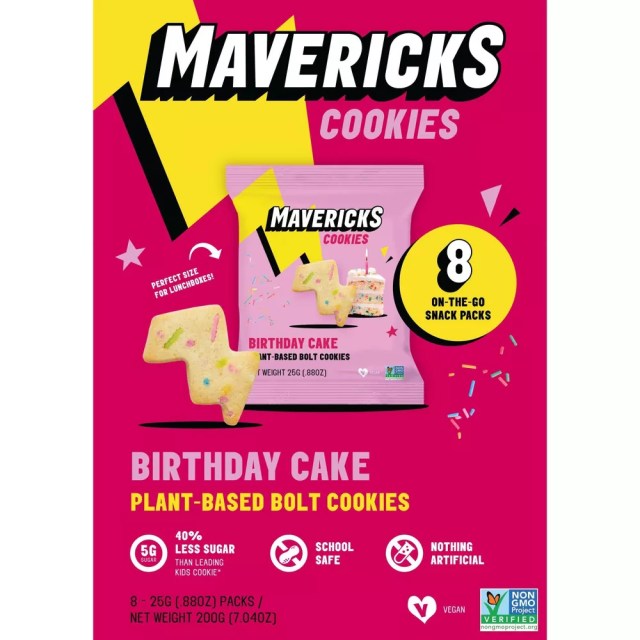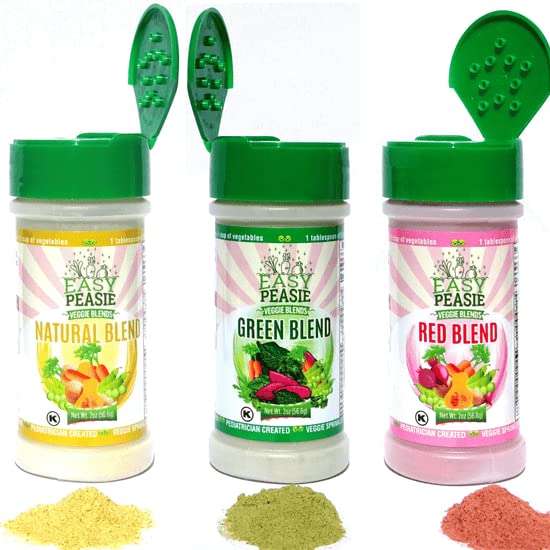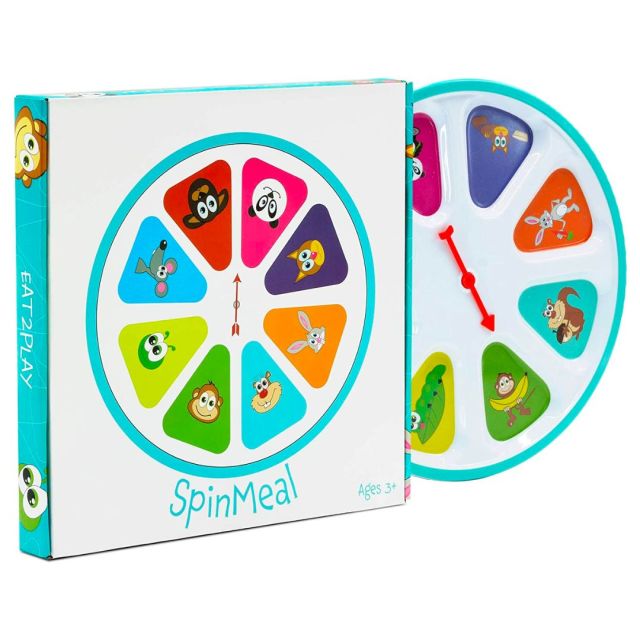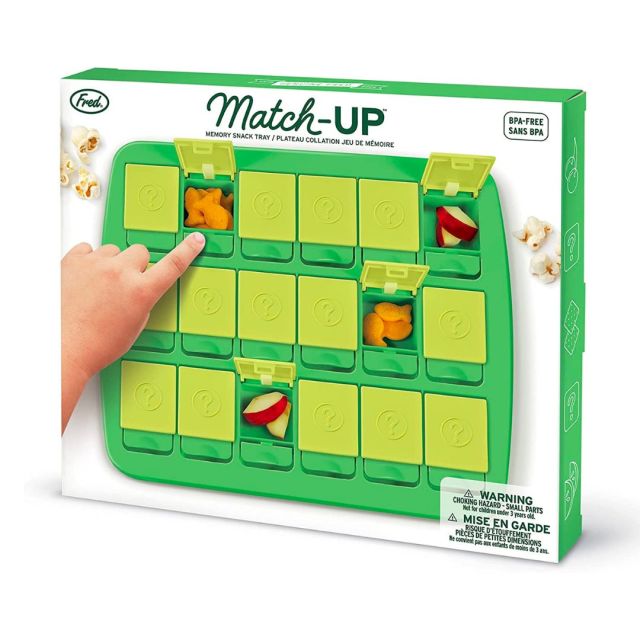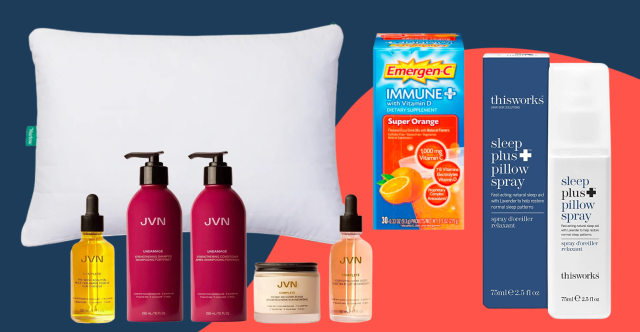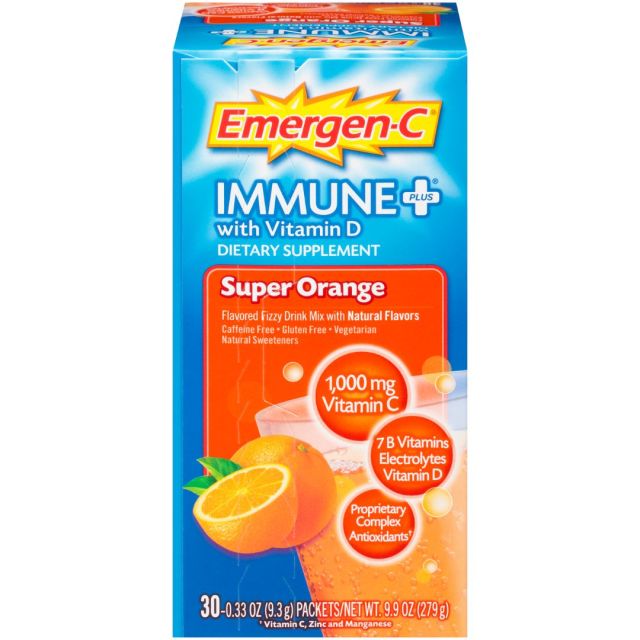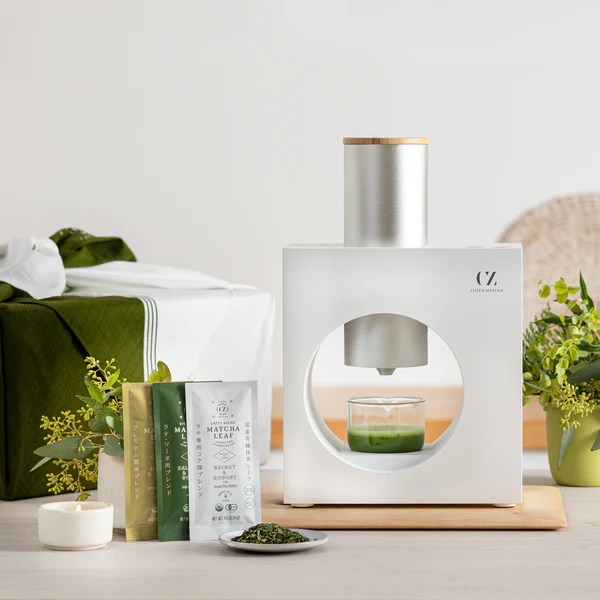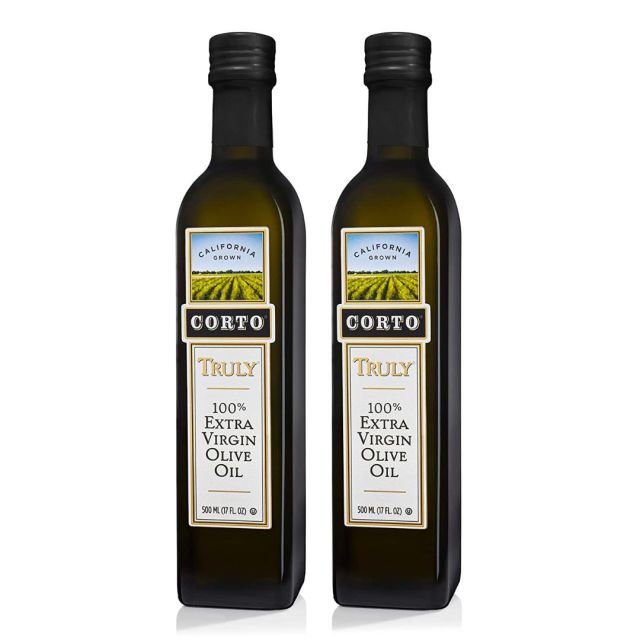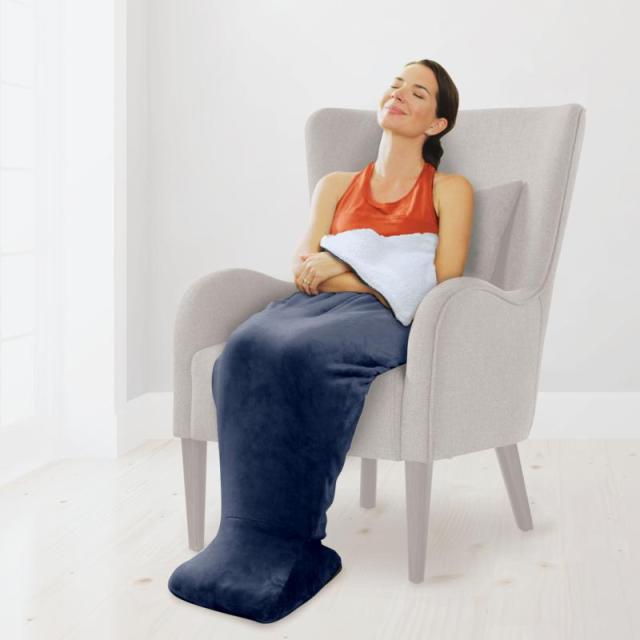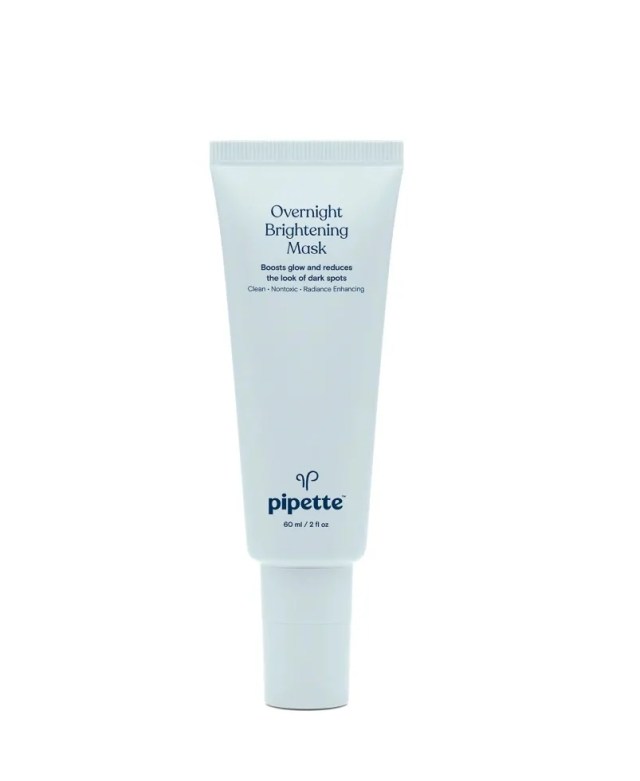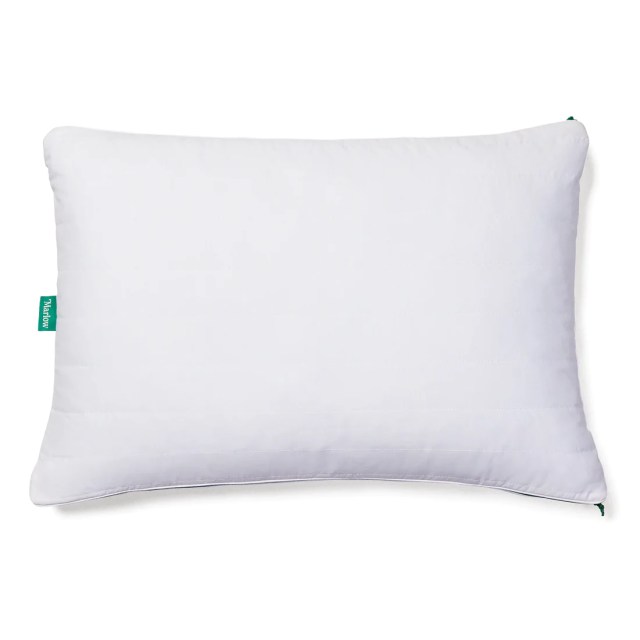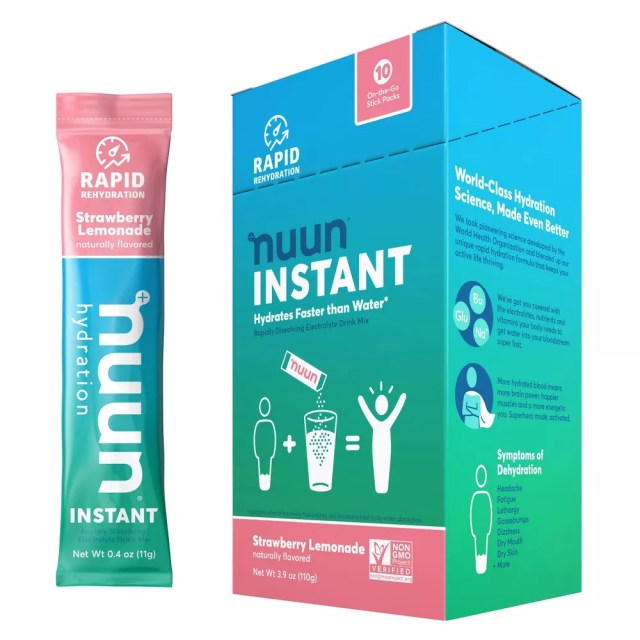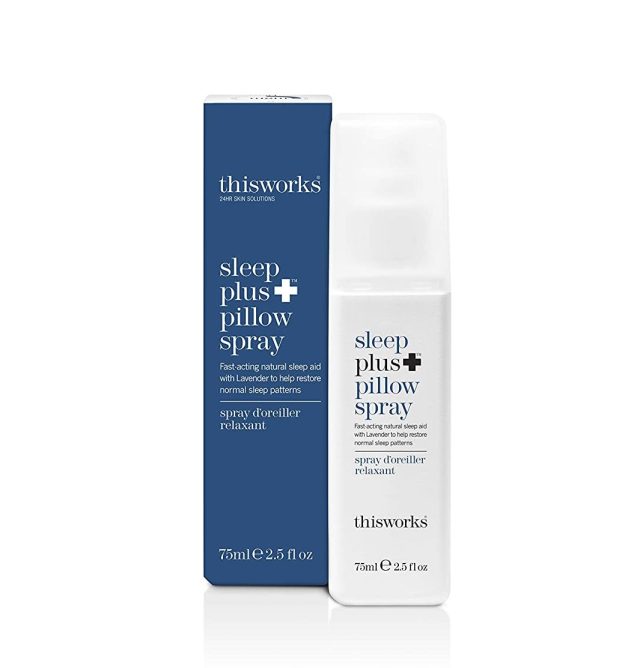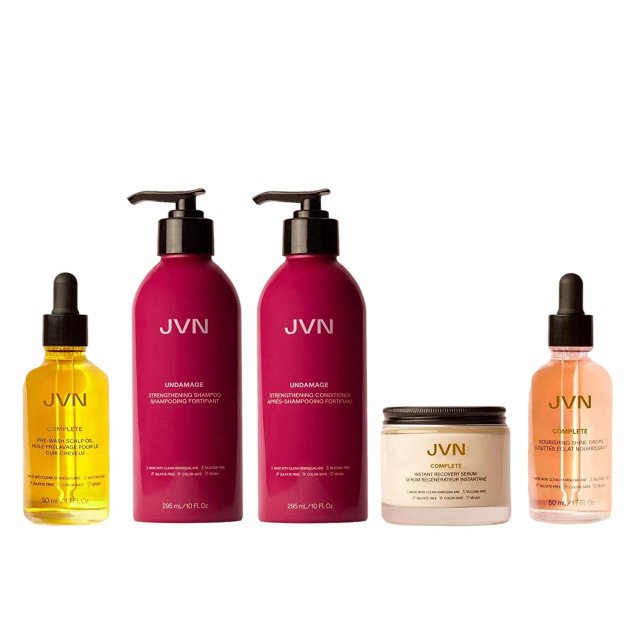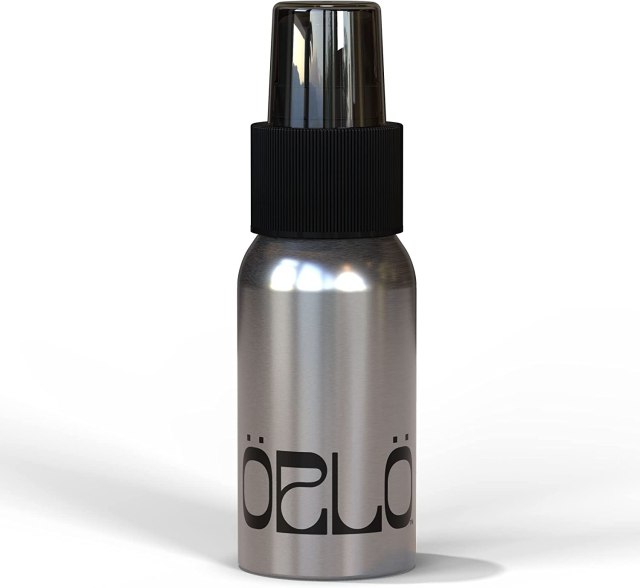It’s all about the little things when it comes to flying with a baby
You want to go places, but let’s face it: Your little bundle of joy may not be so joyous 15,000 feet up. Never fear, there’s no need to put off travel! Whether you’re trying to figure out where to sit on the plane or what you need to bring in your carry-on, we’ve compiled everything you need to know about flying with a baby to make your family’s jet-setting experience a little less bumpy. And if you’re looking for destination inspiration, check out our top spots to visit before the kids grow up.
First Things First: At What Age Can Your Baby Fly?
You may be ready to show off your new addition to long-distance relatives, but pediatricians recommend waiting until your baby is at least three months old—or had their first set of shots—before traveling by plane. Even though airplane air is filtered before it is recirculated, it is still a closed cabin full of people, and that might pose a challenge for brand-new immune systems. That said, common sense precautions are what doctors advise once babies are old enough to fly.
"In general, I think flying is relatively safe," said Los Angeles pediatrician Elle Raker. "I’d prefer everyone else was still masking, but unfortunately, that’s changed." Raker recommends maintaining social distancing when traveling, if possible, and keeping your hands and nearby surfaces clean while aboard the plane. That means sanitize, sanitize, sanitize! (Pssst: These airplane tray covers are super-convenient for keeping little fingers safe from dirty airplane trays!)
Related: Stylish Diaper Bags for Your Family Adventures
Booking Your Flight: The Best Time and Day to Fly with a Baby
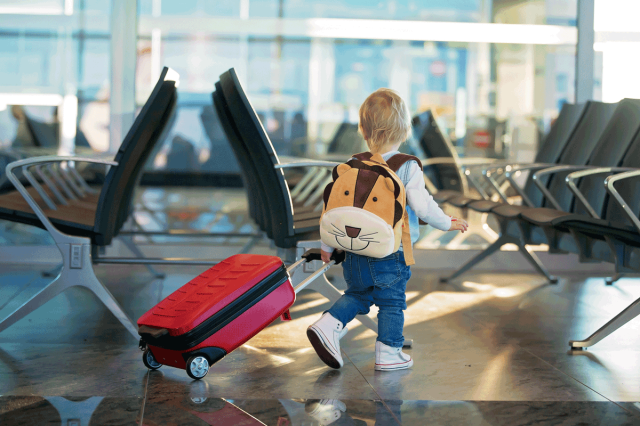
The flight you choose—what time and what day—can make all the difference when you've got a pint-sized plane partner. So follow these guidelines to set yourself up for smooth travels:
Book your flight for a Tuesday or Wednesday
According to Airadvisor.com, flights on Tuesdays and Wednesdays are almost always cheaper and less filled than flights that bookend weekends or on Saturdays and Sundays. This means you'll have a better chance of having an empty seat next to you (which is like winning the lottery when it comes to flying with the fam).
Fly direct—or choose a long layover
Ear pain tends to be worse on takeoff and landing—so minimize these painful times for your baby by choosing a direct flight! Flying direct also minimizes the number of dirty airport floors your little explorer will want to crawl all over. If you can't bear the thought of 17 hours on an airplane, try to book a layover that allows you to spend the night (or two!) in your layover city rather than just waiting at the airport. This gives you and your brood a chance to recoup and explore a new city. That's what Mommy travel blogger Carrie Bradley, former flight attendant and founder of FlyingWithABaby, advises. "I prefer breaking up the journey just so everybody can get some rest," Bradley said. "We like to take like 48 hours and make it a mini vacation."
Pick a morning flight
Regardless of your baby's sleep schedule, Travel & Leisure says morning flights are the only flights you should book since they are the least likely to be delayed or canceled. Early morning flights are usually less bumpy, which means more time letting your little one out of the car seat to explore the cabin (a must for new walkers). If that isn't possible, and you've got a by-the-clock napper, book a flight that coincides with nap time.
Where to Sit On the Plane when Flying with a Baby
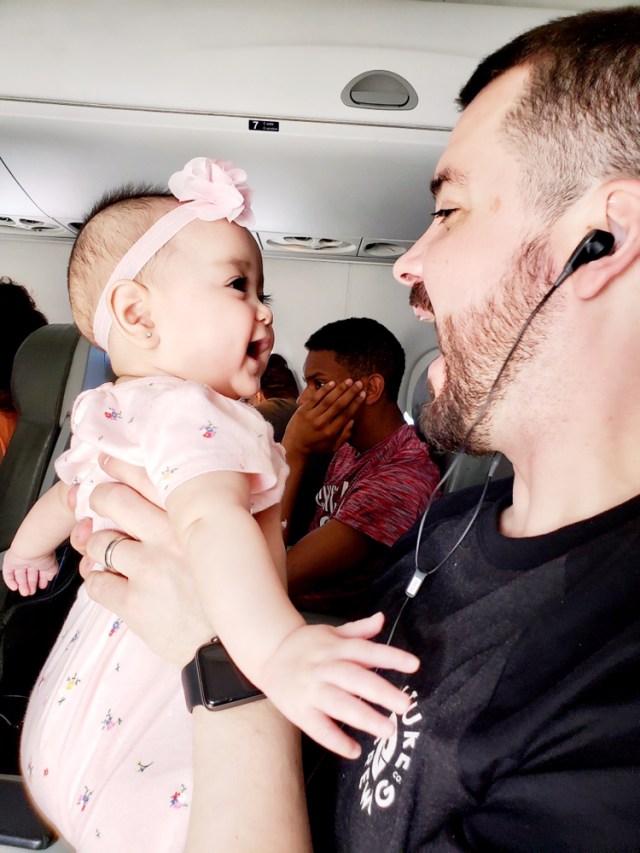
Where you sit on the plane matters! If you're able to choose your seats for the flight, here are some things to consider:
If it's an option, get a bassinet seat (located at the bulkhead seats)
Got a baby under six months? Many long-haul or international flights offer travel bassinets that clip into the wall of the bulkhead seats. These can be lifesavers for harried parents (and exhausted infants). To score these seats, you'll need to book your seats super early. The rules vary by airline, but most bassinets are only available for infants under the age of one and less than 25 pounds. For details on where your chosen airline stands, check out this comprehensive list of bassinet seats on 50+ airlines.
Book a window and aisle seat and hope for an empty row
Middle seats are always the last to be picked on a plane, so reserving a window and aisle ups the chances that you'll get all three seats to yourself (Note: You can even do this if you're flying with a family of four; just book two windows/aisle seats). You can always switch if someone does book that seat between you.
Don't put your baby in the aisle seat
Passengers in the aisle are in the line of fire should luggage fall from the overhead bins during a flight (this happens more than you'd think, with an estimated 4,500 travelers hit by falling airplane luggage each year). These seats can also be risky for little ones who may get their fingers or feet pinched by carts coming through the aisles. Babies and children are safest in the middle or window seats.
Don't sit right next to the bathrooms, but don't sit too far away, either!
Sitting too close to the bathroom means your sleeping baby may be startled awake by the crowd noise after mealtimes (when most people go to the bathrooms). But don't sit too far from one, either; you want to be able to dash to the changing table when blowouts strike.
Seats over the wing are the least turbulent
If you are worried about turbulence, a seat near the wings will offer the smoothest ride. This makes a difference when you're trying to aim a little spoon into your finicky baby's mouth during feeding time.
Related: Best Airports When Traveling with Kids & Babies
What To Know About Getting Through Security
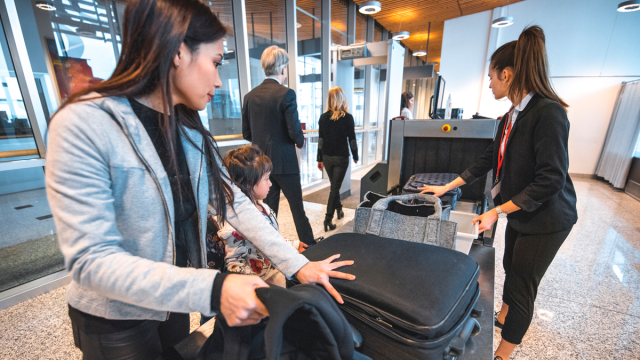
Airport security lines aren't fun for anyone, but they're extra stressful when you're contending with wandering toddlers or fussy infants. Here are some tips to help you prepare for (or avoid!) the wait:
Formula & breast milk are allowed on your carry-on
Nursing and pumping mamas, relax! According to TSA press secretary Carter Langston, you can bring your breast milk through the security lines—even if the baby is not with you at the time (such as if you're away on business and want to bring that "liquid gold" home for your baby). This is because the TSA considers formula and breast milk "medically necessary liquids," which are allowed in carry-on baggage in quantities greater than 3.4 ounces (that's the limit on other, non-medically necessary liquids). As of July 2022, the TSA also updated its guidelines online to add that ice packs, freezer packs, gel ice packs, and similar items required to cool medically necessary liquids are also allowed through security.
Baby food is OK
Food pouches and jars of baby food are also considered medically necessary, so they're also exempt from the 3.4 ounces rules.
It's easy to get TSA approved
If you think getting TSA PreCheck status is a difficult process, we're here to tell you it's not! A quick online application and an in-person interview are all you need to do to get what is essentially a "fast pass" through the security lines. Even better, as long as your littles are under 13, they can whisk through security with you without needing their own TSA approval! Apply for the pass here: tsa.gov/precheck.
Kids don't have to take off their shoes
If your kids are under 12, they don't have to remove their shoes when going through security.
Ask if there's a TSA Family screening line
Many large airports have a special security line for families. The signage may not be obvious, so ask a security representative to direct you if you're not sure.
Take your baby out of her stroller or car seat
This is another reason to keep your baby awake until you get aboard the plane. Babies must be carried through security (though they can be carried on you in a sling) with strollers and car seats going through the X-ray machine separately. (Strollers that don't fit through the X-ray machine will have to be inspected manually.)
Children under 18 don't need a passport or ID to fly in the United States—but they DO need a passport to fly internationally
To apply for a passport, go to travel.state.gov to download the forms. And don't wait! According to the U.S. Passport Office, it takes 10-13 weeks to process a new passport and "expedited" passports take 4-6 weeks. You must bring your documents to your local passport office (you can't mail them in), and both parents need to be present (or have a notarized form saying why they're not).
Ultimate Supply List for Flying with a Baby
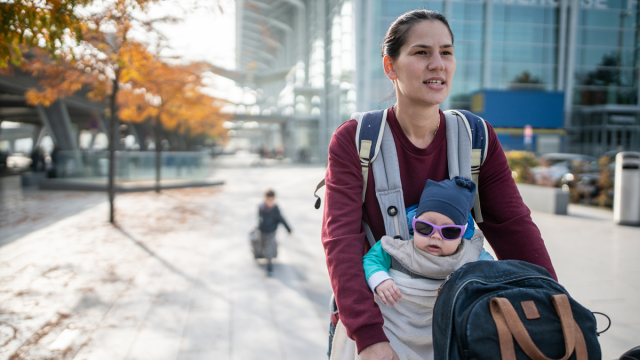
Packing for a flight with babies and toddlers requires a LOT of prep work. Wipes? Check! Diapers? Check! Sanity? TBD. Here's a checklist of things to put in your carry-on when flying with a baby:
The Essentials:
- Baby carrier/ sling - Even if you brought a stroller through the airport, a carrier is a great way to go hands-free in the airplane while your little one snoozes. Many a mom has strapped that baby to their bellies even when making a restroom trip. Trust us: you'll be happy to have your hands.
- Pacifiers/comfort items - If your baby uses a pacifier, bring at least four of them on the plane (they WILL be dropped).
- Breast milk, formula, baby food - Most airlines won't provide special meals for babies, so be sure you bring everything your baby will need for the flight (and extras in case there are any delays or if you're stuck on the tarmac).
- Feeding supplies - Bibs, spoons, bottles, bowls (these bowls that stick to surfaces work great with the tray table)
- Finger foods - Never underestimate the power of food to keep your baby busy. Light finger foods like puffs or teething crackers are great because they can keep on nibbling without getting too full.
- Wipes - Separate from the wipes you'll put in your changing kit, an extra pack of wipes is essential for all those other times you'll be cleaning up your baby (and yourself).
- Changing items - Diapers, wipes, changing pad. Bring double the number of diapers and wipes that your baby usually uses in the period you expect to be traveling. Tip: Keep all changing items in a separate bag (Ziploc bags work great) so you can easily grab them from your carry-on and dash to the bathroom.
- Pull-ups, if your baby can stand - These make diaper changes way easier since you don't have to lay your toddler down on that tiny table in the tiny airplane bathroom.
- Toys - For younger babies, rattles, teething toys, and other sensory toys will keep your baby entertained for short spurts; older kids may want books, dolls, or puppets.
- Clips to keep toys/pacifiers from falling - If your baby is anything like every baby ever, they'll be tossing said comfort item overboard shortly after they get a hold of it. Toy clips like these are an easy fix.
- Baby pain relief/medications - Bring a small "emergency bag" stocked with liquid baby pain relief (Tylenol for babies of any age; Advil for babies over six months), gas drops, and any medications your baby may need.
- Burp cloths
- Nursing pillow (we recommend the My Brest Friend) - This may be cumbersome to carry around, but it can work as a comfy bed for your baby post-feed (and you can pass the sleeping baby to your partner easily when your baby is asleep on the pillow) It also has an attached cup-holder for when Mom or Dad gets thirsty, too.
- Sanitizing wipes/ tray covers - Your baby—and especially your toddler—will want to touch everything their little fingers can reach. So be sure to bring plenty of wipes and wipe down all nearby surfaces. For the trays, disposable tray covers are great, too.
- Muslin cloth - These are great for covering babies when they're sleeping or as a nursing cover. They're also nice to cover the baby's head if they are getting overstimulated by the busy surroundings.
- Blankets - One for comfort and warmth and another for the floor at the airport.
- Extra clothes for baby AND parents (because blowouts happen!) - Choose clothes that are easy to take on and off (no buttons!) and bring layers for when the cabin swings from cold to hot and vice-versa.
- Ziploc bags for wet/soiled clothes.
- Car seat (and car seat stroller for the airport)- If you are buying your baby a seat (recommended, but not mandatory), bring your car seat so your baby has a comfortable, familiar place to nap. This also helps to get your baby (and your stuff) comfortably around the airport. You can gate-check the stroller part when you get on the plane, and it'll be ready for you when you step off.
Note: The American Academy of Pediatrics says the safest way for your baby to fly is in an FAA-approved car seat or airplane harness device approved for your child's age and size installed with the airplane's seat belt. Booster seats cannot be used on airplanes.
Gadgets Worth Buying (but not necessary)
- Wraparound headphones - Older babies and toddlers will love being able to hear songs or stories with these wraparound fleece headphones that won't easily slide off and also keep your baby's head warm.
- Lap baby - Carrie Bradley of Flyingwithababy.com called this "a really useful product for babies of all ages." It works like a seat belt to keep babies over three months secure on your lap so you can be hands-free and baby can be comfortable.
- The Flyaway travel bed - This L-shaped inflatable mattress lets toddlers lie flat and sleep aboard the plane. It also works to fill the floor space so that items your toddler is playing with don't plunge into the abyss of the airplane floor. For a less-expensive option, these inflatable footrest pillows do the same thing.
- Travel play tray - This tray attaches to the airplane tray table and has raised edges to keep small toys from sliding off the tray (it also covers that dirty tray table). It's also useful for toddlers who like to play with crayons or other small items.
Airline Perks You Should Know About When Flying with a Baby
Sure, flying with a baby can be a challenge—but it's not all a drag! Some airlines offer special perks to families traveling with babies and toddlers, including:
Baby and toddler meals
Most airlines offer a kids' meal that you can order ahead of time, but only a few airlines (mostly international) will serve a specialized baby or toddler meal. These usually consist of jarred baby food or meals that are soft and easy to chew. Qantas, Air France, Emirates, Eva Air, Japan Airlines, Lufthansa, Malaysia Airlines, and Singapore Airlines are some of the airlines that offer this, according to this article from Flyingwithababy.
Bassinet seats
As mentioned above, many long-haul flights offer bassinets (mostly suitable for babies under one) that can clip into the bulkhead wall. These seats usually cost more, since they're in the bulkhead row, but are worth it for parents of finicky little sleepers.
Priority boarding for families
When you hear that announcement that "families with young children are welcome to board," grab your roller suitcases and go! Getting all those essential carry-on items in position is crucial, especially if you'll have stuff in the overhead compartments that you'll need to access mid-flight. If you're worried about your antsy toddlers, traveling mommy blogger Samantha Brown recommends having one parent stay in the terminal with the kids while the other boards with the stuff. That way, the littles can run around, then get on the plane after getting all their wiggles out.
Free toys and activity kits
You read that right—free toys! According to Conde Nast Traveler, Lufthansa, Emirates, Nippon Airways, British Airways, Qatar Airways, Cathay Pacific, Qantas, Etihad, and Japan Airlines are among those who give out free kits for tiny passengers. These kits can include everything from stuffed animals and stickers to play dough and puzzles. Just ask the flight attendant when you board.
Worst-Case Scenarios: What To Do If…
Your baby may be all smiles at the airport, but what do you do if everything changes mid-air?
Ear pain
If your baby is crying and tugging at her ears—or if the crying started just as the plane took off—it could be an earache. Give your baby a pain reliever that's safe for their age—Tylenol (acetaminophen) is safe at any age; Advil (ibuprofen) is safe for babies over six months. You can also ask the flight attendant for a cup of warm water and a washcloth; holding a warm, moist towel against the baby's ear may help relieve the pain. Also, keep your baby sucking or chewing since this can help equalize ear pressure.
*The American Academy of Pediatrics advises against giving Benadryl to children ages two and under unless it is directed by their doctors.
Vomiting
If your child vomits while on the plane, the protocol is the same as if you were on land: give sips of breastmilk or formula (or water) to prevent dehydration. You can also ask the flight attendants for some washcloths to put on your child (and you) to keep the clothing changes and seat mess to a minimum. Thankfully, children under two rarely get motion sickness, so your chances that a bumpy flight will lead to a troubled tummy are small.
Teething
Liquid pain relievers can help, as well as teething toys.
Nonstop crying
If no amount of peekaboo, feeding, or rocking can ease your baby's cries, all you can do is try to relax. "Make sure you stay calm," says mommy blogger Jennifer Durban in this Howcast video. "If you're stressed out, your baby will be stressed out, so try your best to relax." She also suggested getting up and walking around the cabin. "It's amazing how fascinating a bathroom can be to a little one."
Remember: Flying with a Baby Is Only Temporary
You've packed. You've prepped. You've fed, rocked, and cuddled. Still, when it comes to air travel, it's anyone's guess how your new little human will react to the experience. So what do you do if nothing "works" and your baby is that baby, the one who cries the whole flight?
"I try to tell other parents you may think everybody is looking at you—and you may feel these eyes peering—but they’re not," said Bradley, who has taken her two young daughters on international flights since they were both infants. "You just relax and do your thing, and remember that it will end. It's not forever. Just concentrate on your family."
Bradley said it's also important to remember that it's not the kids who generally cause the most problems on board. "Sure, kids cry and it can be irritating—I get that," she said. "But it’s mostly fully grown adults we’ve had bigger problems with."
And she said it's OK for parents to ask the flight attendants for help. "Even if the flight crew aren’t parents, they can help. It’s what they do," she said, adding that, as a flight attendant, she held many a baby when the parents just needed a break to use the bathroom or have a bite to eat. "I would always tell parents, 'I'm happy to hold your baby.'"
